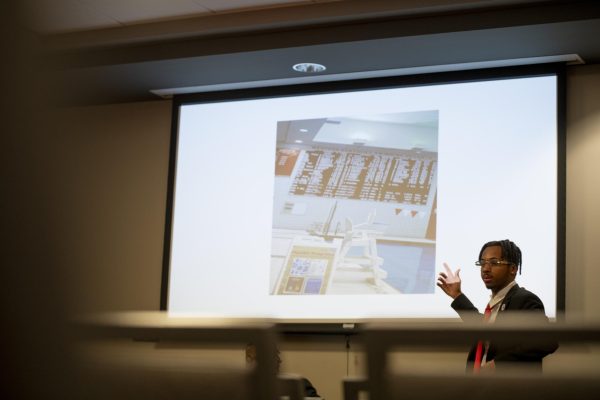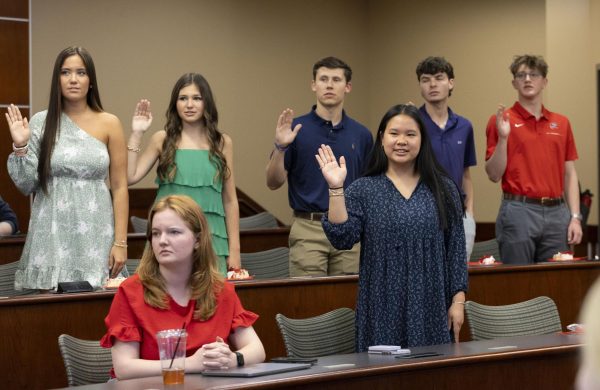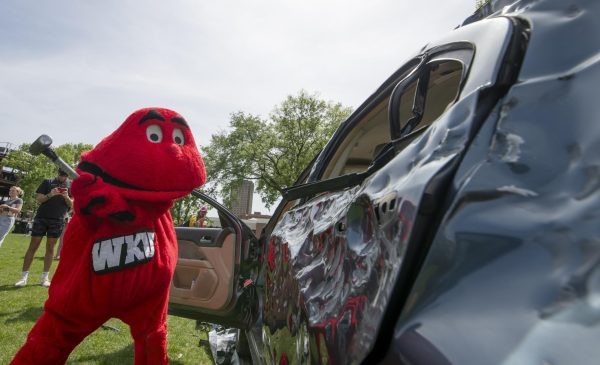Toppers cutting a new rug
August 27, 2002
Two years ago,Western’s football team hosted Florida A&M in less than desirable conditions for a first round playoff game.
Rain was torrential, play was slow and the field was sloppy. By game’s end Feix Field had turned into a mud pit.
“We had a monsoon and the field was pretty much a quagmire,” Craig Biggs, assistant athletics director for facilities, said. “We had to spend $10,000 to $12,000 to get the field ready for the next week.”
With that, a search began. Biggs spent the next 18 months checking out five brands of synthetic turf at high schools and colleges across the country.
He was looking to replace the easily damaged natural grass at Feix Field. But the decision ultimately came down to one simple fact: AstroPlay, a rubber-based turf, was cheaper by about $30,000.
And yesterday, efforts to improve the football field were completed with the installation of the new AstroPlay surface. By all accounts, the new turf is a hit.
Biggs said the maintenance of the new surface does not compare to that of natural grass. And he said the surface is consistent rain or shine.
The entire project – costing about $900,000 – is included in the $32 million Diddle Arena renovation plan. Also part of the field project will be the “gutting” of the intramural fields. Putting in new irrigation and drainage systems along with moving and widening the fields along University Boulevard will allow room for both football and soccer fields, Biggs said.
But the turf is what has the football team talking. Soon after his choice for the new turf, Biggs became pretty popular with the team.
Among the most excited about the turf are head coach Jack Harbaugh and senior place kicker Peter Martinez. Harbaugh said he remembers a time when artificial turf was a disgrace to even mention. But times have changed.
“When I was at Michigan back in the ’70s, artificial turf was a hindrance. It was a hazard. It was a knee killer,” Harbaugh said. “What we’ve done with technology now, we’ve made it actually better than grass, and I’m happy our university decided to give it to us.”
And after a sub-par 2001 season when he connected on just 14 of 22 field goal tries, Martinez is glad he can trust the field again when lining up kicks.
“Being sure-footed, not having to worry about a plant foot, not being in a puddle of mud, not being on a sand pit, not being on the beach,” Martinez said, are advantages of the new turf.
The band, women’s soccer team, a physical education class and intramural teams will all play on the new surface.
But while the new surface is coming up roses for now, there could be some thorns before it’s over.
The turf will need to be replaced every 15 years and if the field gets too dry, dust could get in players’ eyes. Also, Biggs said if a hard rain comes in the early stages, the turf could shift.
Just don’t tell Martinez that.
“I can’t wait to get on it. I’m so excited,” he said.
And while he expects there will be some issues his crew will have to deal with initially, Biggs is confident in his choice.
“(The players) are chomping at the bit to get on it,” Biggs said.
























